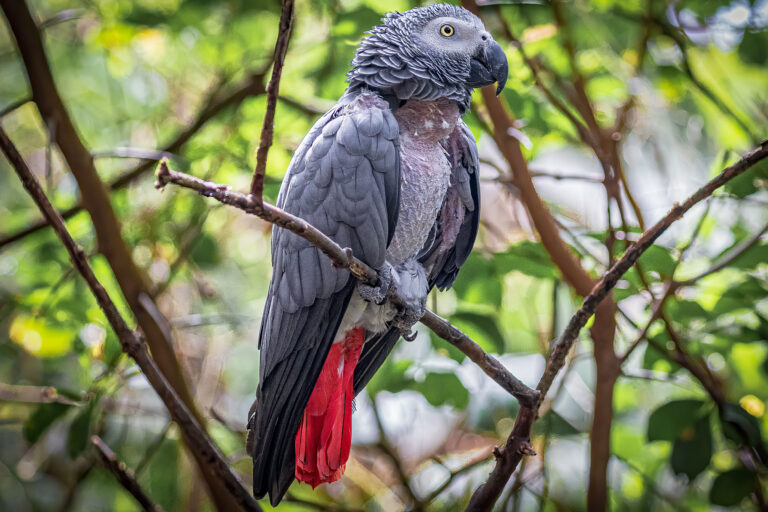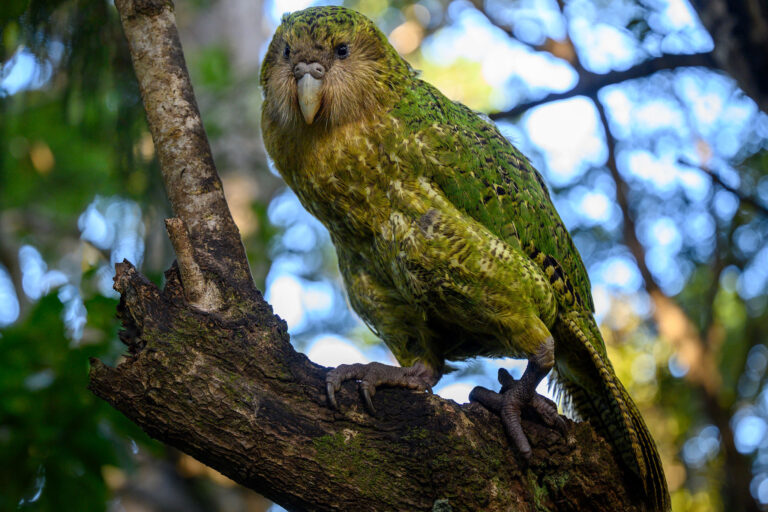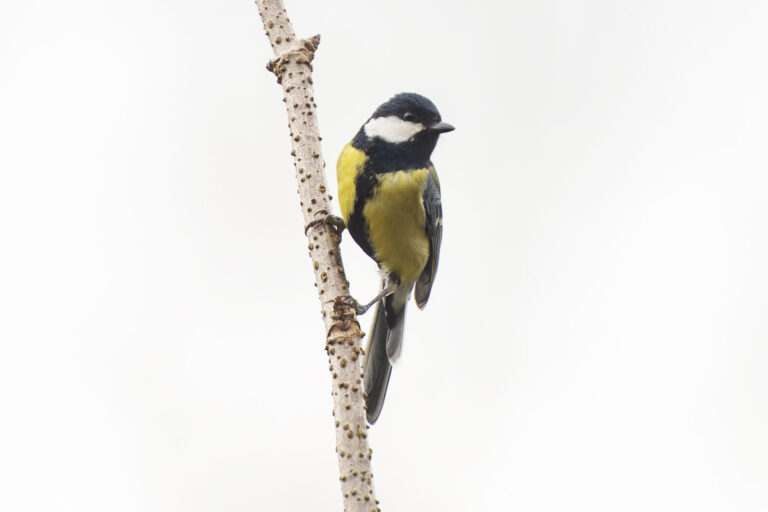6 Key Insights into Bird Behavior: Understanding Your Feathered Companion

Birds captivate us with their diverse personalities and behaviors, offering a window into the intricate world of avian life. Whether you’ve been enchanted by birds for years or are just beginning your journey as a bird owner, grasping your feathered friend’s behavior is fundamental for fostering a meaningful connection and ensuring their welfare. Within this in-depth exploration, we’ll uncover six pivotal insights into bird behavior, unraveling mysteries surrounding their communication, social dynamics, and beyond. Armed with this knowledge, you’ll be empowered to cultivate an environment that nurtures your bird’s health and joy.
Communication Signals Bird Behavior
Communication lies at the heart of bird behavior, allowing them to convey a wide range of messages to each other and to their human companions. Birds communicate through various signals, including vocalizations, body language, and feather displays. Paying attention to these cues can provide valuable insights into your bird’s mood, preferences, and needs.
For example, certain vocalizations, such as chirping, tweeting, or squawking, can indicate excitement, contentment, or distress. Likewise, observing your bird’s body language, such as fluffed feathers, rapid head movements, or raised crest, can offer clues about their emotional state.
Understanding your bird’s communication signals allows you to respond appropriately, whether it’s offering comfort during times of stress or engaging in playful interactions to strengthen your bond.
Social Dynamics Bird Behavior
Birds are inherently social creatures, forming complex social structures within their flocks or communities. Understanding the social dynamics of your bird species is essential for providing them with adequate socialization and companionship.
Some birds thrive in pairs or small groups, while others prefer solitude or the company of humans. Observing your bird’s interactions with other birds or with you can help you gauge their social needs and preferences.
For example, if your bird displays signs of distress or aggression when placed with other birds, they may prefer solitary living arrangements. On the other hand, if they seek out social interactions with you or other birds, they may benefit from having a companion of the same species.
By respecting your bird’s social preferences and providing opportunities for positive social interactions, you can help them lead fulfilling lives.
Environmental Enrichment Bird Behavior
Environmental enrichment plays a crucial role in shaping your bird’s behavior and overall well-being. Birds are naturally curious and intelligent creatures, and they thrive in environments that stimulate their minds and bodies.
Providing your bird with a variety of toys, perches, and foraging opportunities can help prevent boredom and encourage natural behaviors such as exploration, play, and problem-solving. Rotate toys regularly to keep them engaging and introduce new ones to prevent habituation.
Additionally, consider incorporating elements of their natural habitat into their environment, such as branches for climbing, natural substrates for digging, or puzzle feeders for foraging. These enrichment activities not only keep your bird mentally and physically stimulated but also promote their overall health and happiness.
Daily Routine and Structure Bird Behavior
Establishing a consistent daily routine and structure is essential for promoting a sense of security and predictability for your bird. Birds thrive on routine and appreciate knowing what to expect from their daily activities.
Set regular mealtimes, bedtime routines, and play sessions to provide structure to your bird’s day. Consistency in scheduling helps reduce stress and anxiety, allowing your bird to feel safe and secure in their environment.
Pay attention to your bird’s natural rhythms and preferences when establishing their daily routine. Some birds are more active in the morning or evening, while others may prefer quieter times during the day for rest and relaxation.
By creating a structured daily routine tailored to your bird’s needs, you can foster a sense of stability and well-being.
Behavioral Training and Reinforcement Bird Behavior
Behavioral training is an effective way to shape your bird’s behavior and strengthen your bond with them. Positive reinforcement techniques, such as clicker training or target training, can be used to teach your bird new behaviors, such as stepping up onto your hand or speaking on command.
When training your bird, it’s important to be patient, consistent, and gentle. Break down desired behaviors into small, achievable steps and reward your bird with treats, praise, or toys for successfully completing each step.
Avoid using punishment or negative reinforcement techniques, as these can damage your relationship with your bird and lead to fear or aggression. Instead, focus on building trust and mutual respect through positive interactions and rewards.
Through consistent training and reinforcement, you can help your bird develop new skills and behaviors while strengthening your bond and communication with them.
Health and Wellness Indicators Bird Behavior
Monitoring your bird’s behavior is an essential part of maintaining their health and wellness. Changes in behavior can often be early indicators of underlying health issues or stressors.
Pay attention to subtle changes in your bird’s behavior, such as changes in appetite, energy levels, vocalizations, or grooming habits. These changes could signal pain, illness, or discomfort and may require veterinary attention.
Regular health check-ups with a qualified avian veterinarian are also crucial for ensuring your bird’s well-being. Schedule annual wellness exams and seek veterinary care promptly if you notice any concerning changes in your bird’s behavior or physical condition.
By staying attuned to your bird’s behavior and addressing any health concerns promptly, you can help them live long, healthy lives.
Understanding your feathered companion’s behavior is key to fostering a strong and mutually rewarding relationship. By paying attention to their communication signals, social dynamics, environmental needs, daily routine, training, and health indicators, you can provide the care and support they need to thrive.

Dr. David Woolard’s interest in veterinary medicine stems from his upbringing in the lovely hamlet of New Paltz, NY, where he gained a love of animals at a young age.
Subscribe my Newsletter for new blog posts. Stay updated from your inbox!









